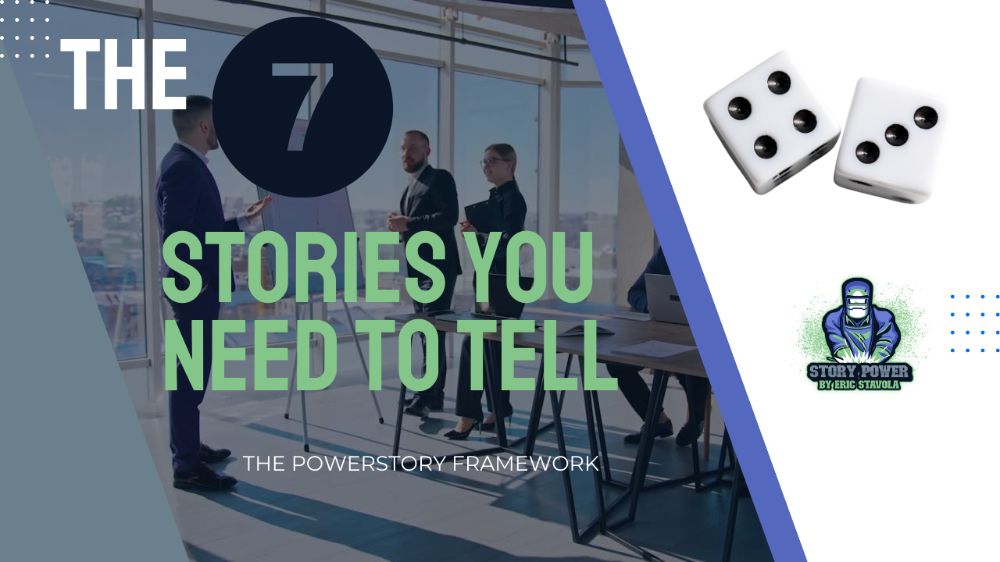Storytelling Frameworks: An Antidote to "I'm Not Good at Telling Stories"
Why Storytelling Frameworks Matter
Storytelling isn't just for authors, filmmakers, or marketing gurus. It's a skill that every business leader and salesperson needs, especially in an age where the buyer is more informed than ever. But what if you think you're not good at telling stories? Here's the good news: Storytelling frameworks can give you a baseline to empower your conversations.
Think of frameworks as the boundaries on a football field. They offer guidance and prevent you from straying off course while allowing you the flexibility to engage in the game. For those who find it challenging to organize their thoughts, frameworks are highly beneficial. They serve as a roadmap, helping you express yourself effectively and convincingly.
The SOLVE Storytelling Framework for Sales
One framework that I'm particularly excited about is the SOLVE Storytelling Framework for Sales. Let me break down how it's more relevant than ever in an age where sales is undergoing dramatic shifts.
S - Situation
Identify the buyer's context. Map out the customer's journey, pain points, and goals. Use this step to establish relatability and show you understand their industry's nuances. Key Insight: Use analytics, machine learning algorithms, or other tech solutions to create a detailed customer profile, leveraging your technological edge.
Coaches Insight: Dedicate your time to thorough research, enhancing it with technology to offer a personalized customer experience.
O - Obstacle
Quantify the Pain Points. Use real-world data to demonstrate the 'cost of doing nothing.' Discuss the inefficiencies, lost opportunities, and operational bottlenecks they face.
Coaches Insight: Amplify the emotional element of ‘loss’ in your storytelling. The emotional impact of the story can transform passive listeners into active participants. Budget constraints cause 30% of deals to fail. Use real-world data to outline the customer’s pain points, ensuring to address timing and budget limitations. Emotional storytelling intensifies the significance of ‘loss’, making your pitch more powerful.
L - Leverage
Position your solutions. Highlight how your product/service uniquely leverages existing technologies or methods to solve the identified challenges.
Coaches Insight: Use your coaching formula, "Performance = Potential - Interference," to indicate that your solution eliminates bottlenecks or 'interference,' maximizing the buyer's potential.
V - Value
Articulate ROI clearly. Frame the conversation around the value that the customer stands to gain, not just the features of your product or service.
Coaches Insight: Use compelling narratives from your previous business transformations to make the value proposition relatable and engaging. Show how you've enabled ROI in different sectors or situations.
E - Endorsements
Offer tangible backing.Deploy case studies, customer testimonials, and quantitative metrics to build trust.
Coaches Insight: In addition to traditional forms of endorsements, consider using interactive platforms or applications that allow the customer to 'experience' the solution in a sandbox environment.
By applying the SOLVE framework, you can navigate the complex landscape of modern sales more effectively. You don't need to be a born storyteller to convey compelling narratives; you need the proper framework to guide you.
Other Posts

